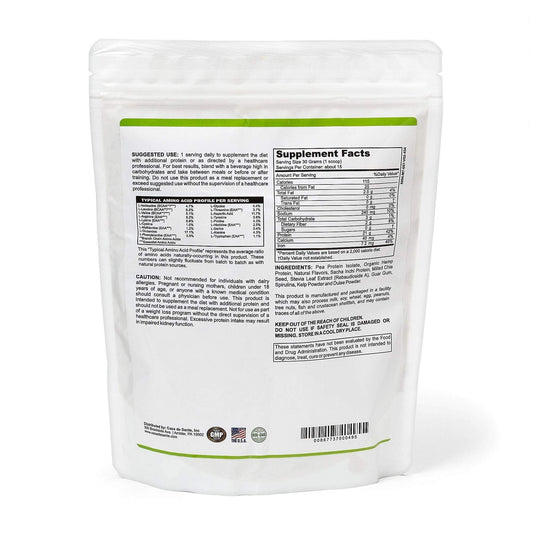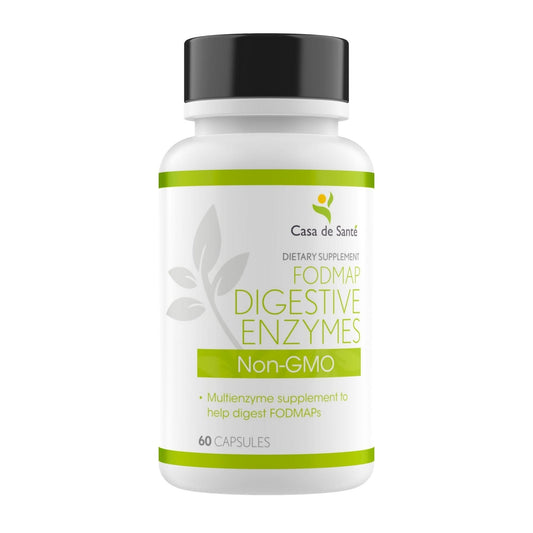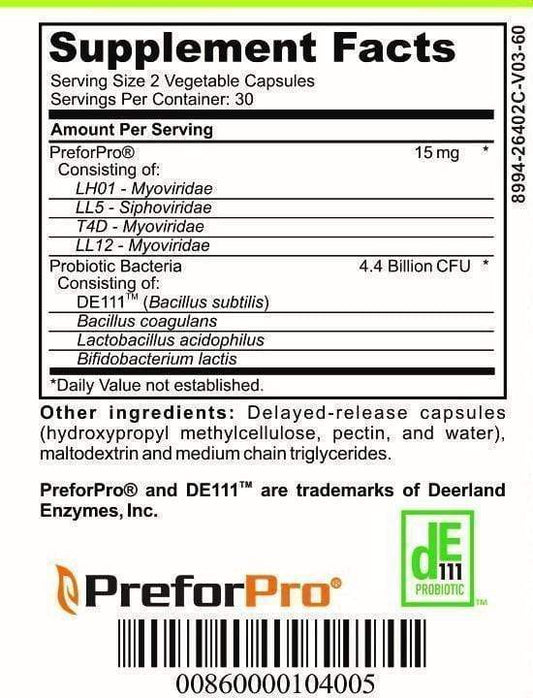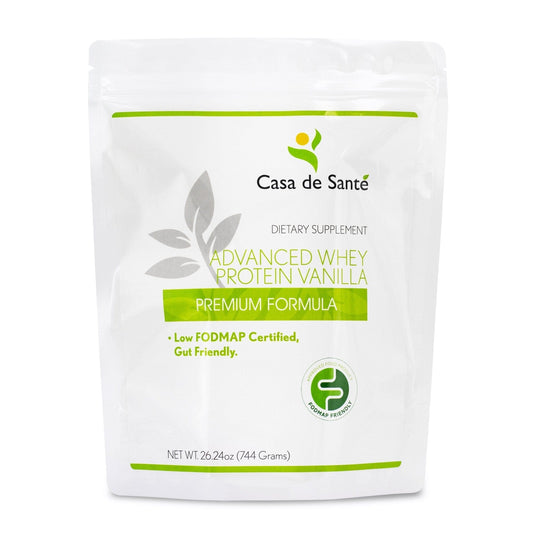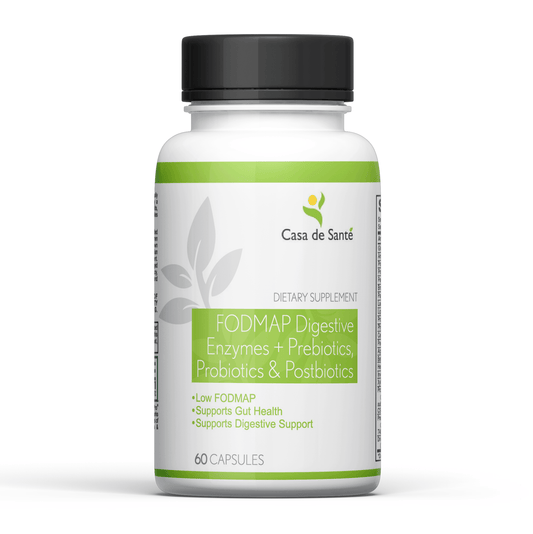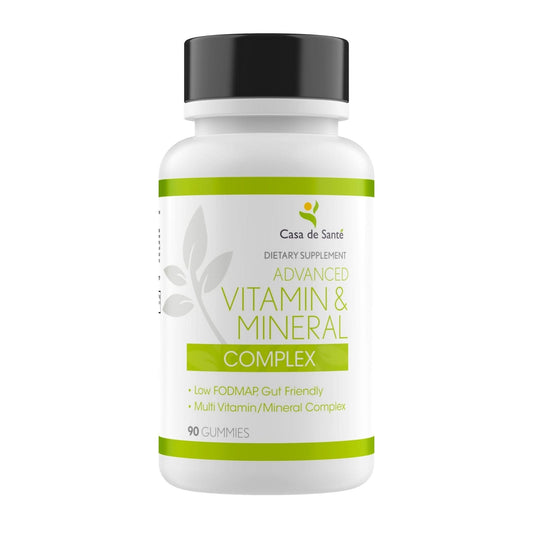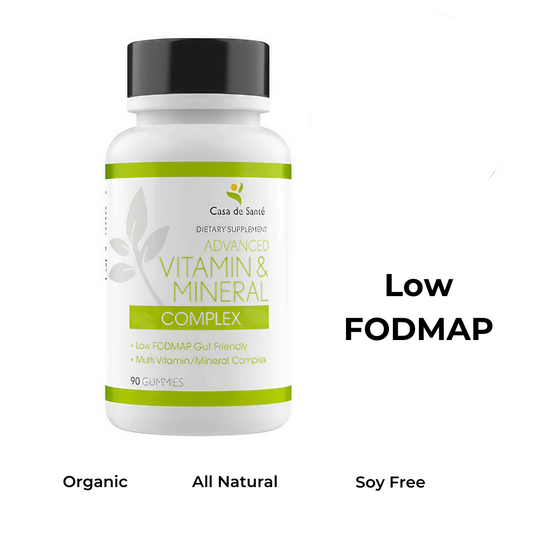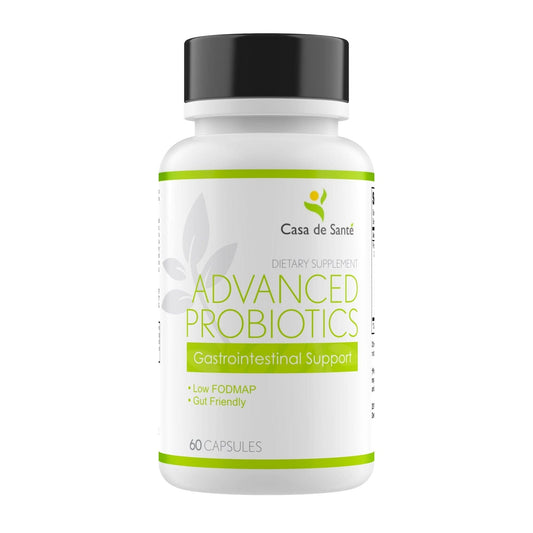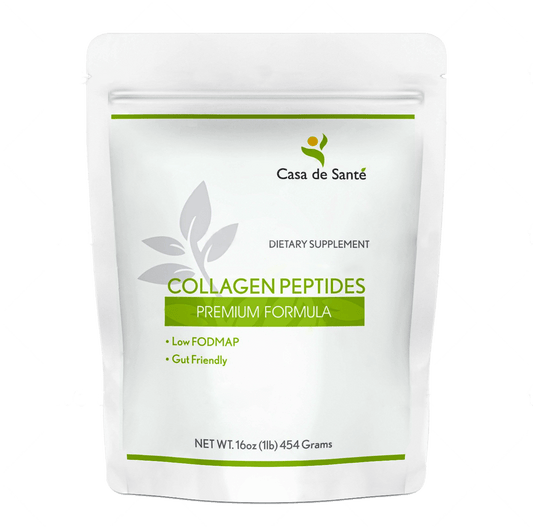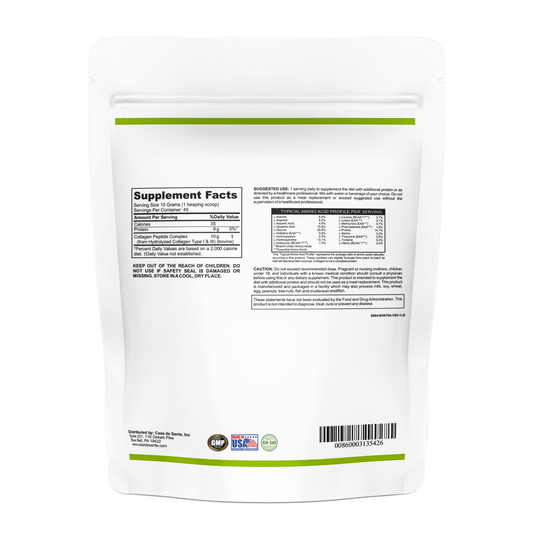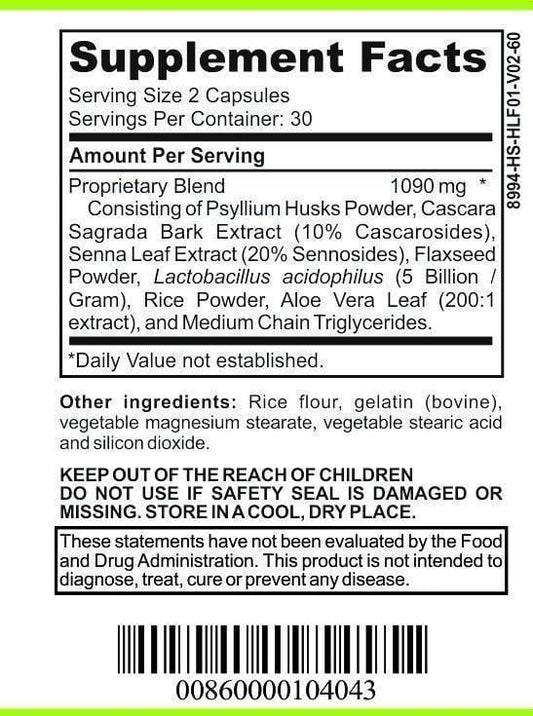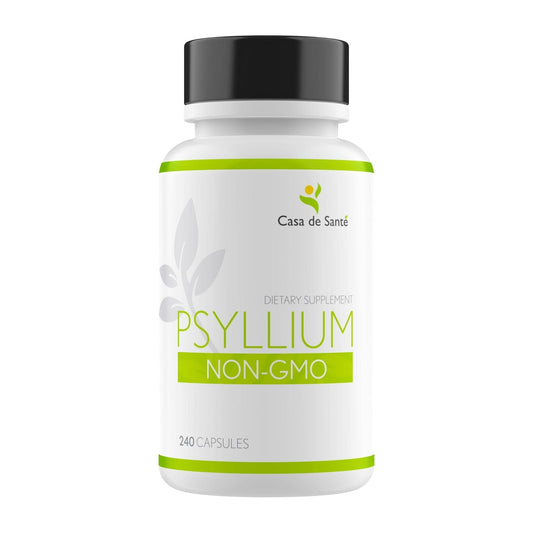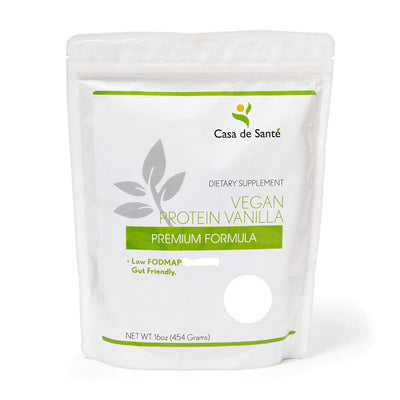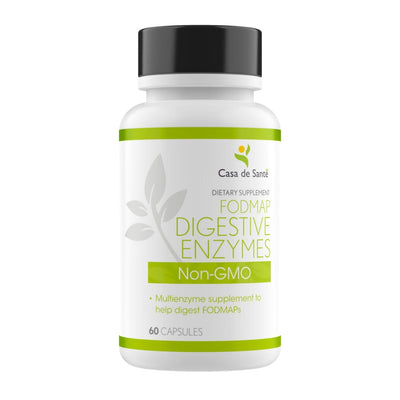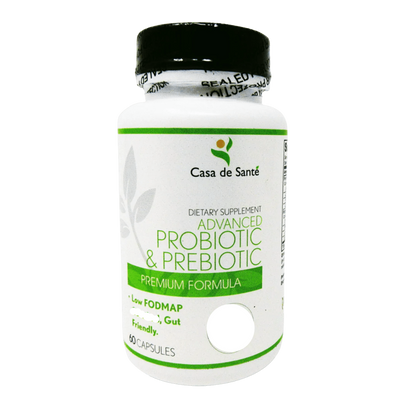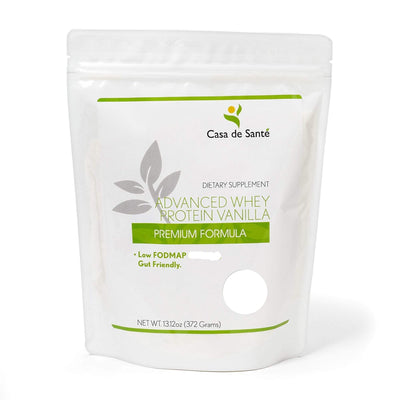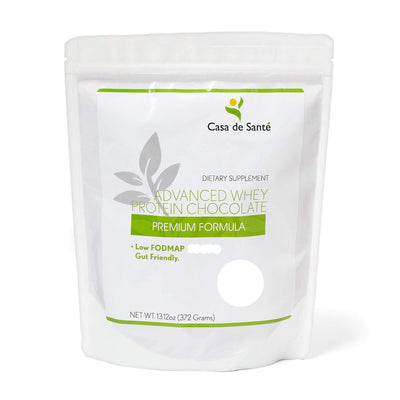Is Rye Flake Low FODMAP
Is Rye Flake Low FODMAP
Rye flakes are a popular and versatile grain that can be enjoyed in various forms, such as in breakfast cereals, granola bars, and baked goods. However, for individuals following a low FODMAP diet, it is crucial to understand whether rye flakes are suitable for their dietary needs. In this article, we will explore the relationship between rye flakes and FODMAPs and provide insights on incorporating them into a low FODMAP diet.
Understanding FODMAPs
Before diving into the details of rye flakes, let's first understand what FODMAPs are. FODMAPs, which stands for Fermentable Oligosaccharides, Disaccharides, Monosaccharides, and Polyols, are a group of carbohydrates that are known to ferment in the gut, potentially leading to digestive symptoms in sensitive individuals.
When it comes to FODMAPs, it's important to know that they include various types of carbohydrates. These include fructose, lactose, fructans, galactans, and polyols. These carbohydrates can be found in a wide range of foods, including fruits, vegetables, grains, and some dairy products.
For individuals with irritable bowel syndrome (IBS) or other digestive disorders, FODMAPs can trigger symptoms such as bloating, gas, abdominal pain, and diarrhea. These symptoms can be quite uncomfortable and can significantly impact a person's quality of life. That's why it's important to understand the role of FODMAPs in digestive health and how they can be managed.
What are FODMAPs?
FODMAPs, as mentioned earlier, are a group of carbohydrates that have the potential to ferment in the gut. Let's take a closer look at each type of carbohydrate that falls under the FODMAP category:
- Fructose: This is a type of sugar found in fruits, honey, and some sweeteners. It can be poorly absorbed by some individuals, leading to digestive symptoms.
- Lactose: Lactose is the sugar found in dairy products. Some people have difficulty digesting lactose due to a deficiency in the enzyme lactase, which breaks down lactose.
- Fructans: Fructans are a type of carbohydrate found in wheat, rye, onions, garlic, and some other vegetables. They can be difficult to digest for some individuals.
- Galactans: Galactans are found in legumes, such as beans, lentils, and chickpeas. Like fructans, they can cause digestive symptoms in certain individuals.
- Polyols: Polyols are sugar alcohols found in certain fruits and vegetables, as well as some artificial sweeteners. They can have a laxative effect and contribute to digestive discomfort.
It's important to note that not all individuals are sensitive to all types of FODMAPs. Each person may have their own unique triggers, and it's essential to identify which specific FODMAPs cause symptoms in order to effectively manage them.
Why are FODMAPs Important?
For individuals with irritable bowel syndrome (IBS) or other digestive disorders, FODMAPs can play a significant role in symptom development. The fermentation of these carbohydrates in the gut can lead to the production of gas, which can cause bloating and discomfort.
By following a low FODMAP diet, under the guidance of a healthcare professional, individuals can effectively manage their symptoms and improve their overall digestive health. The low FODMAP diet involves temporarily eliminating high FODMAP foods from the diet and then systematically reintroducing them to identify specific triggers.
It's important to note that the low FODMAP diet is not a long-term solution but rather a tool to help identify and manage trigger foods. With the guidance of a healthcare professional, individuals can gradually reintroduce FODMAPs back into their diet, ensuring a balanced and varied eating plan that minimizes symptoms.
Understanding FODMAPs and their role in digestive health is crucial for individuals looking to manage their symptoms and improve their overall well-being. By identifying and managing trigger foods, individuals can regain control of their digestive health and enjoy a more comfortable and fulfilling life.
The Nutritional Profile of Rye Flakes
Rye flakes, like other whole grains, offer a wealth of nutrients that are beneficial for overall health. They are a good source of complex carbohydrates, dietary fiber, vitamins, and minerals.
Whole grains, such as rye flakes, are an excellent addition to a healthy diet. They provide a wide range of essential nutrients that support various bodily functions. Rye flakes are not only delicious but also packed with health-promoting compounds.
Let's dive deeper into the nutritional profile of rye flakes to understand why they are considered a nutritious choice.
Key Nutrients in Rye Flakes
Rye flakes are packed with essential nutrients, including B vitamins, such as thiamine, riboflavin, niacin, and folate. These vitamins play a vital role in energy production, brain function, and cell health. Thiamine, for example, is necessary for converting carbohydrates into energy, while folate is crucial for DNA synthesis and cell division.
In addition to B vitamins, rye flakes are rich in minerals like iron, magnesium, and manganese. Iron is essential for the production of red blood cells and oxygen transport throughout the body. Magnesium is involved in over 300 enzymatic reactions and contributes to bone health, while manganese acts as a cofactor for various enzymes involved in metabolism and antioxidant defense.
Furthermore, rye flakes contain antioxidants, such as lignans, which have been associated with a reduced risk of chronic diseases, including heart disease and certain types of cancer. These antioxidants help protect cells from damage caused by harmful free radicals.
Health Benefits of Rye Flakes
Consuming rye flakes as part of a balanced diet can offer numerous health benefits. The fiber content in rye flakes promotes digestive health and helps maintain healthy bowel movements. Fiber adds bulk to the stool, preventing constipation and promoting regularity.
Rye flakes also have a low glycemic index, meaning they provide sustained energy without causing a rapid spike in blood sugar levels. This makes them an excellent choice for individuals with diabetes or those looking to manage their blood sugar levels.
Moreover, the combination of fiber and complex carbohydrates in rye flakes helps keep you feeling full and satisfied for longer periods. This can aid in weight management and prevent overeating.
Additionally, the nutrients found in rye flakes have been linked to a reduced risk of chronic diseases, including heart disease, type 2 diabetes, and certain types of cancer. The high fiber content, along with the presence of antioxidants, contributes to these protective effects.
Incorporating rye flakes into your diet can be as simple as adding them to your morning oatmeal, using them as a topping for yogurt or salads, or incorporating them into baked goods like bread or muffins. The versatility of rye flakes allows you to enjoy their nutritional benefits in various ways.
It's important to note that while rye flakes offer many health benefits, they should be consumed as part of a balanced diet that includes a variety of whole foods. Remember to consult with a healthcare professional or registered dietitian for personalized dietary advice.
Rye Flakes and FODMAPs
Now, let's explore the FODMAP content in rye flakes and understand how they fit into a low FODMAP diet.
Rye flakes, derived from the rye grain, are a popular choice for a nutritious and filling breakfast. They are not only packed with fiber, vitamins, and minerals, but they also offer a unique taste and texture that can elevate your morning meal.
FODMAP Content in Rye Flakes
While rye flakes contain some FODMAPs, they are generally considered low in FODMAPs when consumed in moderate amounts. This means that individuals following a low FODMAP diet can still enjoy the goodness of rye flakes without triggering digestive symptoms.
The FODMAP content in rye flakes primarily consists of fructans, which are a type of carbohydrate that can ferment in the gut and cause discomfort for those with sensitive digestive systems. However, the exact FODMAP levels can vary depending on factors such as processing, ripeness, and cooking methods.
Factors Influencing FODMAP Levels in Rye
The FODMAP content in rye flakes can be influenced by several factors. For example, the degree of processing can affect the FODMAP levels. Generally, less processed forms, such as rolled or flaked rye, tend to have lower FODMAP levels compared to highly processed rye products like bread or pasta.
Furthermore, the ripeness of the rye grain can also impact its FODMAP content. Rye flakes made from fully ripe grains may contain higher levels of FODMAPs compared to those made from less ripe grains. Therefore, it's essential to pay attention to the ripeness of the rye used in the production of the flakes.
Additionally, cooking rye flakes with water can further reduce their FODMAP content. When rye flakes are cooked, the heat and moisture help break down some of the FODMAPs, making them easier to digest. So, if you're concerned about FODMAPs in rye flakes, opting for cooked flakes might be a better choice for you.
It's important to note that everyone's tolerance to FODMAPs can vary. While some individuals may be able to tolerate larger amounts of rye flakes without experiencing symptoms, others may need to limit their intake to smaller portions. It's always best to work with a healthcare professional or registered dietitian to determine your specific dietary needs.
Alternatives to Rye Flakes for Low FODMAP Diets
If you're following a low FODMAP diet and prefer to avoid rye flakes, there are suitable alternatives available.
When it comes to finding alternatives for rye flakes in a low FODMAP diet, there are a few options that can provide both taste and nutrition. Let's explore some of these alternatives in more detail.
Gluten-Free Grain Alternatives
Oats, quinoa, millet, and rice flakes are gluten-free grains that can be used as substitutes for rye flakes. These grains not only offer a similar texture but are also generally well-tolerated in low FODMAP diets.
Oats, for example, are a versatile grain that can be enjoyed in various forms, such as oatmeal, granola, or even in baked goods like cookies. They are a great source of fiber and can provide a satisfying crunch to your breakfast or snack.
Quinoa, on the other hand, is a complete protein and contains all nine essential amino acids. It is also rich in fiber, vitamins, and minerals, making it a nutritious choice for those looking to diversify their low FODMAP diet.
Millet, often overlooked, is a gluten-free grain that offers a slightly nutty flavor and a light, fluffy texture. It can be used as a base for porridges, added to salads, or even used in baking recipes.
Rice flakes, similar to rye flakes, can be used in breakfast cereals, muesli, or as a topping for yogurt. They are easy to digest and can be a gentle option for those with sensitive stomachs.
Low FODMAP Cereal Options
In addition to individual grain alternatives, there are low FODMAP-certified cereals available in the market that are specifically designed to meet the needs of individuals following a low FODMAP diet.
These cereals often include a variety of grains, such as rice, corn, and buckwheat, which are carefully selected to ensure they are low in FODMAPs. They provide a convenient and hassle-free option for those who prefer ready-to-eat breakfast options.
Not only are these low FODMAP-certified cereals suitable for individuals with dietary restrictions, but they also offer a range of flavors and textures to keep your breakfast routine interesting. From crispy flakes to crunchy clusters, there's something for everyone.
When choosing a low FODMAP cereal, it's always a good idea to check the ingredient list and serving size to ensure it aligns with your specific dietary needs. Some cereals may contain additional ingredients or sweeteners that may not be suitable for everyone.
By exploring these gluten-free grain alternatives and low FODMAP-certified cereals, you can easily find suitable substitutes for rye flakes that fit seamlessly into your low FODMAP diet. Remember to experiment with different flavors and combinations to keep your meals exciting and enjoyable!
Incorporating Rye Flakes into a Low FODMAP Diet
If you enjoy the taste and texture of rye flakes and they do not trigger your digestive symptoms, you can incorporate them into your low FODMAP diet. Here are a few tips:
Portion Control and FODMAPs
While rye flakes may be low in FODMAPs, it's important to remember that portion sizes still matter. Stick to the recommended serving size, typically around 1/2 cup, to ensure that your FODMAP intake remains low.
Preparing Rye Flakes for a Low FODMAP Diet
To further reduce the FODMAP content in rye flakes, you can consider soaking them overnight in water or lactose-free dairy or plant-based milk. This can help to break down some of the FODMAPs and make them more tolerable for individuals with sensitive digestion.
In conclusion, rye flakes can be a suitable choice for individuals following a low FODMAP diet. They provide a range of nutrients and health benefits while being relatively low in FODMAPs. However, it's essential to pay attention to portion sizes and consider alternative grains or low FODMAP-certified options if needed. As always, it's best to consult with a healthcare professional or registered dietitian before making any significant dietary changes.


